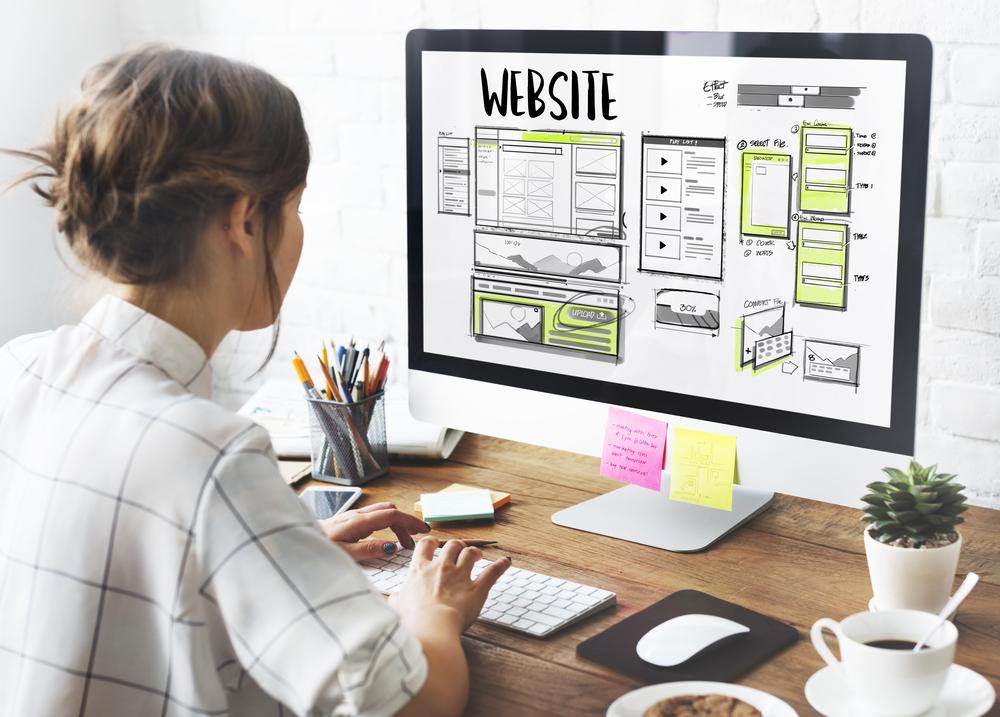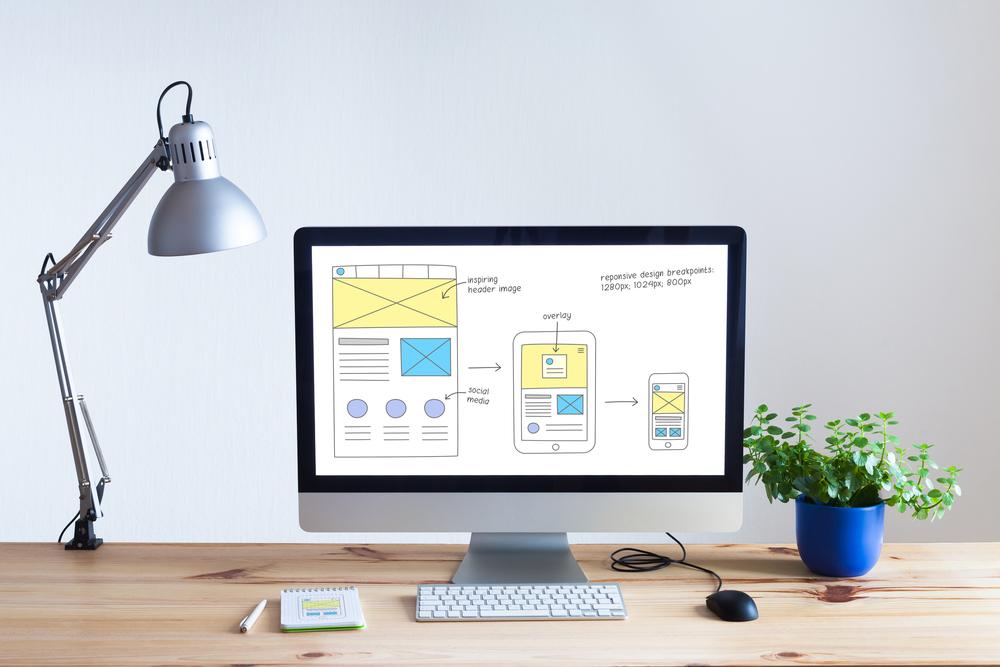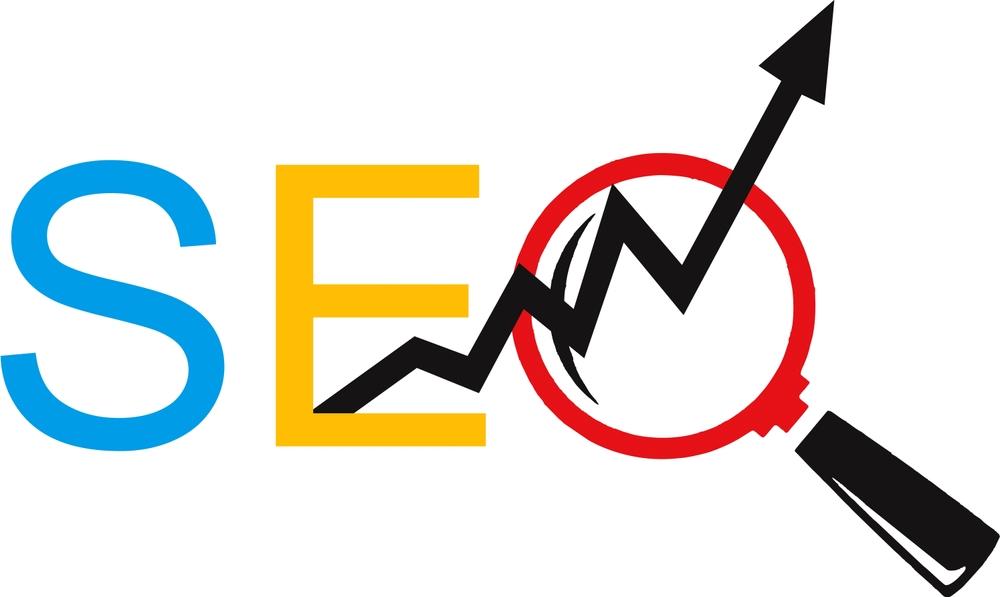How Important is UX/UI Design for Businesses?
User experience (UX) and user interface (UI) design have become buzzwords in the world of web and app development, and for good reason. UX/UI design is a critical aspect of creating a successful online presence for businesses. In this article, we’ll explore why UX/UI design is so important and how it can benefit businesses of all sizes.

What is UX/UI Design?
Before we dive into the importance of UX/UI design, let’s first define what it is. UX design refers to the process of designing a product or service with the user in mind. It encompasses everything from the initial research phase to the final product launch and beyond. UI design, on the other hand, is focused on the visual and interactive elements of a product or service. It’s concerned with designing an interface that is intuitive and visually appealing.
Why is UX/UI Design Important?
1. Improved User Experience
Clear and Consistent Navigation: UX/UI design can help ensure that a website or app is easy to navigate. This means that users can find what they’re looking for quickly and easily, without feeling confused or frustrated. A well-designed navigation system will be clear and consistent, with intuitive labels and a logical hierarchy.
Easy-to-Read Content: Another aspect of UX/UI design is ensuring that content is easy to read and visually appealing. This means using a legible font size and style, appropriate spacing, and easy-to-read color combinations. When content is easy to read, users are more likely to engage with it and stay on the site longer.
Fast Loading Speeds: UX/UI design can also impact a website’s loading speed. Slow loading times can be a major turn-off for users, and can lead to high bounce rates. A well-designed website will prioritize fast loading speeds to ensure that users don’t get frustrated and leave the site before it even finishes loading.
Mobile Responsiveness: With more and more users accessing websites and apps on their mobile devices, mobile responsiveness has become increasingly important. UX/UI design can ensure that a website or app is optimized for mobile, with a responsive design that adapts to different screen sizes and orientations. This can improve the user experience and make it easier for users to engage with a website or app on-the-go.
Personalization: Finally, UX/UI design can help create a personalized experience for users. This can include things like personalized recommendations, customized content, and tailored messaging. When users feel like a website or app is tailored to their specific needs and interests, they’re more likely to engage with it and return in the future.
2. Increased Conversions
Clear and Compelling Calls-to-Action: A well-designed UX/UI will prioritize clear and compelling calls-to-action (CTAs). CTAs are the buttons or links that prompt users to take a specific action, such as “Buy Now” or “Sign Up Today.” When CTAs are designed in a way that is clear, visually appealing, and easy to find, users are more likely to take the desired action.
Streamlined Checkout Processes: For e-commerce websites, UX/UI design can be especially important in streamlining the checkout process. When the checkout process is simple and intuitive, with clear instructions and minimal steps, users are more likely to complete their purchases. Conversely, a checkout process that is confusing or overly complicated can lead to shopping cart abandonment and lost sales.
Trust and Credibility: A well-designed UX/UI can also help establish trust and credibility with users. This can be achieved through elements such as user reviews, social proof, and clear and transparent pricing and policies. When users feel that they can trust a website or app, they’re more likely to feel comfortable making a purchase or taking another desired action.
A/B Testing: UX/UI design can also be used to conduct A/B testing, which involves testing two different versions of a website or app to see which one performs better in terms of conversions. By making small changes to design elements such as color, layout, or copy, businesses can determine which design is more effective in driving conversions.
Accessibility: Finally, UX/UI design that prioritizes accessibility can also lead to increased conversions. When websites and apps are designed with accessibility in mind, users with disabilities or impairments are able to engage with the content more easily. This can expand a business’s potential audience and lead to increased conversions from users who might have otherwise been excluded.
3. Competitive Advantage
Differentiation: One of the primary ways that UX/UI design can help create a competitive advantage is by differentiating a business from its competitors. When a website or app is well-designed and user-friendly, it can help set a business apart from others in the same industry. This can be especially important in crowded or competitive markets, where businesses are competing for the same customers.
Improved Brand Perception: UX/UI design can also impact a business’s brand perception. When a website or app is well-designed and easy to use, it can create a positive impression of the business in the minds of users. This positive perception can help build brand loyalty and attract new customers.
Increased Customer Satisfaction: A well-designed UX/UI can also lead to increased customer satisfaction. When users are able to easily find what they’re looking for, complete tasks quickly, and have an overall positive experience on a website or app, they’re more likely to be satisfied with their experience. This can lead to positive word-of-mouth referrals and repeat business.
Adaptability: UX/UI design can also help businesses stay adaptable and responsive to changing market conditions. By prioritizing user feedback and testing new design elements, businesses can continually improve their UX/UI design and stay ahead of the competition.
Cost Savings: Finally, UX/UI design can lead to cost savings for businesses. When a website or app is well-designed, it can lead to fewer support requests and fewer user errors. This can reduce the need for customer support and help businesses save money on operational costs.
4. Cost Savings
Reduced Development and Redesign Costs: Investing in UX/UI design from the early stages of development can help businesses save costs in the long run. By conducting user research, prototyping, and usability testing during the design phase, potential issues and usability flaws can be identified and addressed before the development process begins. This helps prevent costly redesigns and rework later on.
Decreased Support and Maintenance Costs: A well-designed UX/UI can help reduce the need for customer support and maintenance. When users can easily navigate a website or app and find what they need without assistance, it results in fewer inquiries and support tickets. Additionally, by addressing potential user pain points through effective UX/UI design, businesses can proactively reduce the number of customer complaints and subsequent support costs.
Improved Conversion Rates: UX/UI design plays a crucial role in optimizing the conversion funnel. When a website or app is designed with a focus on user experience, it can improve the overall user journey and guide users towards desired actions, such as making a purchase or signing up for a service. By enhancing the conversion rate through effective UX/UI design, businesses can generate more revenue without having to invest heavily in marketing or advertising.
Enhanced User Retention and Loyalty: UX/UI design that prioritizes user satisfaction and engagement can significantly impact user retention and loyalty. When users have a positive experience with a website or app, they are more likely to return and become repeat customers. This reduces the need for acquiring new customers, which can be more expensive By investing in UX/UI design, businesses can foster long-term customer relationships, resulting in increased customer lifetime value and reduced churn rates.
5. Better SEO Rankings
Decreased Bounce Rates: UX/UI design plays a crucial role in reducing bounce rates, which is the percentage of visitors who leave a website after viewing only one page. When users have a positive experience and find what they’re looking for easily, they are more likely to stay on the site longer and explore multiple pages. This reduced bounce rate sends positive signals to search engines, indicating that the website offers relevant and valuable content, which can improve its SEO rankings.
Improved Page Load Speed: UX/UI design can contribute to faster page load speeds, which is a critical factor in SEO. Search engines prioritize websites that provide a fast and seamless user experience. By optimizing images, leveraging browser caching, and minimizing unnecessary code, a well-designed UX/UI can enhance page load speed, resulting in improved SEO performance.
Mobile Responsiveness: With the increasing prevalence of mobile device usage, search engines have placed a strong emphasis on mobile responsiveness as a ranking factor. A well-designed UX/UI ensures that a website is responsive and adapts seamlessly to different screen sizes and devices. This mobile-friendly design not only improves the user experience but also enhances SEO rankings as search engines prioritize mobile-friendly websites in their results.
Enhanced User Engagement: UX/UI design elements such as intuitive navigation, clear calls-to-action, and engaging visuals can significantly improve user engagement metrics, such as time on site and pages per session. When users spend more time on a website, it indicates to search engines that the site is valuable and relevant to user intent, which can positively impact SEO rankings.
Lowered Bounce Back Rate: UX/UI design can also help reduce the bounce back rate, which is the percentage of users who return to search engine results shortly after clicking on a website. A poorly designed website that frustrates users or fails to meet their expectations can lead to quick returns to search results. On the other hand, a well-designed UX/UI that provides a seamless and enjoyable user experience encourages users to stay longer and explore further, reducing the bounce back rate and signaling to search engines that the website is meeting user needs.
Conclusion
In today’s digital world, businesses need to prioritize UX/UI design if they want to succeed online. Improved user experience, increased conversions, competitive advantage, and cost savings are just a few of the many benefits of investing in UX/UI design. To learn more about how UX/UI design can benefit your business, check out Send It Rising’s services, including advanced SEO, Google Ads PPC, and local optimization.












Leave A Comment